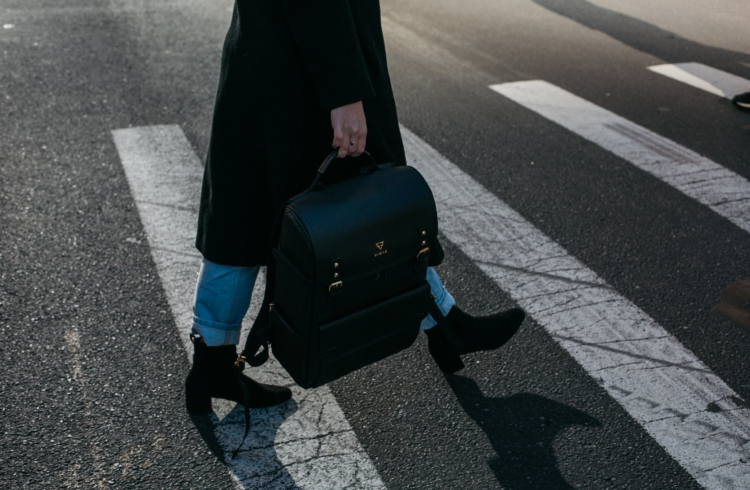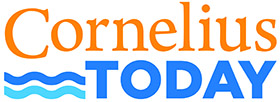
Lots of ways to cross the street
Sept. 3. By Dave Vieser. If it seems like more and more pedestrian crossings are being installed in Cornelius, that’s because its true! With an ever increasing interest among residents in both walking and cycling, the town continues to identify areas where the crossings are needed. And its not just happening in Cornelius.
Throughout the state, the manually activated crossings are being used on state roads to increase safety.
To date, there are 15 such crossing signals in Cornelius, with three more planned before the end of the year. The crossings are not automatic; they must be activated by a pedestrian or cyclist who wishes to cross the road.
The challenge for local traffic officials is to identify locations where the crossing signals are sufficiently safe, rather than installing a complete traffic signal.
Crossing signal design
There are three basic types of crossing signals: High Intensity Activated Crosswalk (HAWK), Rectangular Rapid Reflective Beacons (RRRB) and Blinkers. The HAWK design is found on Westmoreland Road and the Blinkers are only used at one location: On Bailey Road near Hough High School. The remainder in the town are the RRFB design.
Crossing designs
HAWK: First utilized about a decade ago in Arizona, a HAWK has two red lenses mounted over a yellow lens. When activated, The HAWK will use a red indication to inform drivers to stop, thereby creating a time period for pedestrians and/or cyclists to cross.The HAWK is not illuminated until it is activated by a pedestrian, triggering the warning flashing yellow. After a set amount of time, the indication changes to a solid yellow light to inform drivers to prepare to stop.
The signal will then display a dual solid red light to drivers and a walking person symbol to pedestrians.
Motorists must stop at this point. At the conclusion of the stop/walk phase, the beacon displays an alternating flashing red light, and pedestrians are shown an upraised hand symbol with a countdown display informing them of the time left to cross.
During the alternating flashing red lights, drivers can proceed after coming to a full stop and checking that pedestrians or cyclists have already crossed their lane of travel. Each successive driver is legally required to come to a full stop before proceeding during the alternating flashing red phase.
If pedestrians need more time, then the drivers must remain stopped on until the pedestrians finishes crossing the road.
RRFB: The rectangular lights illuminate when activated by those wishing to cross. They will remain on for a specific time, enough to allow a pedestrian or cyclist to cross.Motorists can only proceed after those crossing have reached the opposite side of the street. This is the most popular style.
BLINKERS: They work similar to the RRFB style, but they are not as noticeable.
“The RRFBs are the preferred signals and we will use those going forward” said Tyler Beardsley, Assistant Town Manager.
Crossings in town, by style
HAWK:
Westmoreland at McDowell Creek Greenway (just west of I 77)
RRFB:
Bailey Road at Plum Creek Greenway (near Hough High)
Bailey Road at Caldwell Station Greenway (near Sweet Magnolia)
Highway 115 at CATS Park and Ride and the Veteran’s Monument
Cain Center at Milling Way
Cain Center at Jane Crump Lane
Catawba Avenue at Smithville Park
Washam Potts Road at Ruffner Drive
Jetton Extension near K&S Audio
Jetton Road at Jetton Park
Jetton Road at Meta Road
Jetton Road at Peninsula Club Drive
West Catawba near Harborside Drive
West Catawba near Robbins Crescent Drive
Blinkers: (round flashing lights)
Bailey Road at Hough High entrance and Bailey Springs Drive
New crossings
Three new RRFB crossing lights will be installed before the end of the year:
North Main St/Highway 115 at Legion Street
Catwaba Avenue and Meridian Street
Torrence Chapel Road at Torrence Chapel Park




